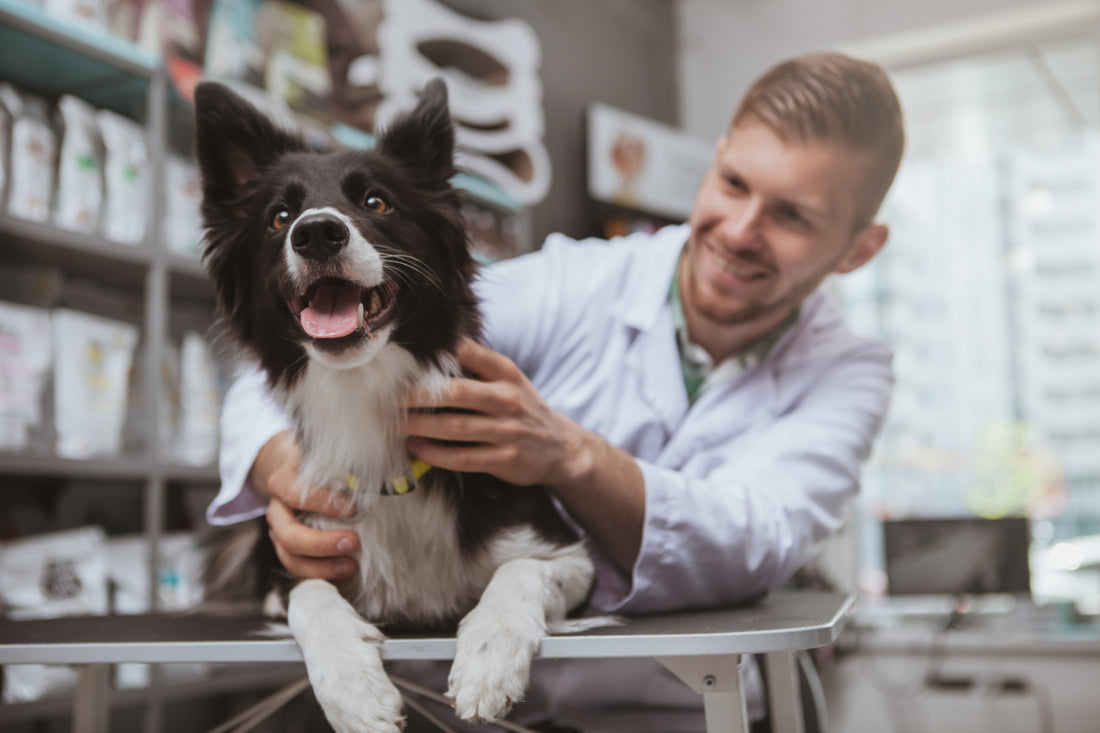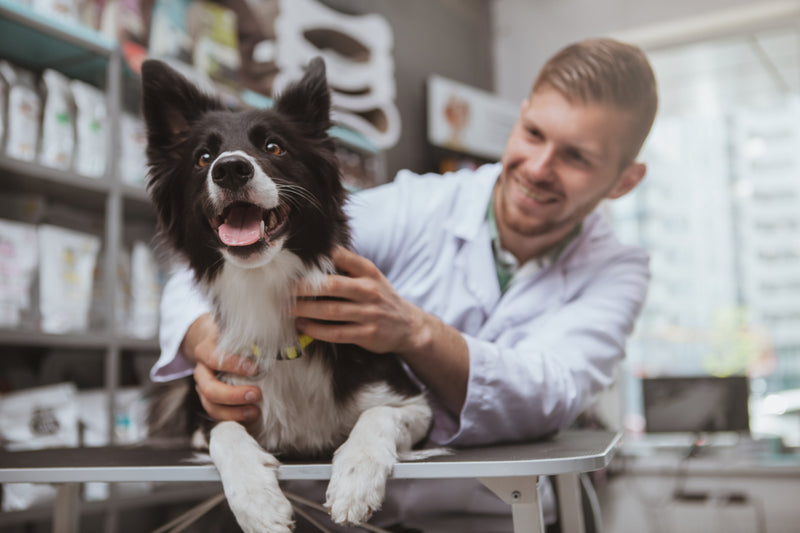Is there anything more unsettling than the idea of worms infesting your dog’s gut and organs? It’s a scary thing to think about. Especially when it means that your beloved friend is suffering the pain, discomfort, and health issues that come with playing host to an unwelcome parasite.
So how do you know if your dog has worms? It's not always easy to tell, but there are a few signs that can tip you off. In this article, we will touch on how to identify worm infestations, and what to do if your dog is infected.
What are the different types of worms that dogs can get?
Dogs can get worms from a variety of sources, including infested animals they interact with or eat, contaminated food or water, other dogs, and especially flea infestations. Flea infestations are actually one of the most common reasons our customers come across that results in their dog having worms! There are a number of different types of worms that can infect dogs. While some are more serious than others, they are all still parasites and should be identified and dealt with as early as possible.
The three main types of worms that dogs can get are roundworms, tapeworms, and heartworms. Roundworms are the most common, and they can cause vomiting, diarrhea, weight loss, and even seizures. Tapeworms can be very dangerous if left to establish in your dog's gut and larvae are able to invade the brain or spinal cord. With heartworm, prevention is key—either with medications from the vet like Heartguard, or by using monthly flea control that repels mosquitoes (the source of heartworm in dogs) like Advantix. In extreme cases, any of these worms can even be fatal.
How can you tell if your dog has worms?
Some symptoms of a worm infestation can be extremely obvious and serious. Other symptoms come on gradually and can be hard to spot at first. If you're concerned that your dog might have worms, here are a few things you can look out for.
Visible worms - This is the most common way that our customers discover that their dog has a worm infestation. When your dog has worms, you’ll often see live wriggly roundworms in their feces, or little sesame seed-like egg sacs of tapeworm found in the fur around the dogs rump, in their bedding or anywhere they might lay down.
Sudden weight loss - this is one of the most tell-tale signs that your dog has a worm infestation. Rapid weight loss happens because worms steal nutrients from your dog's food before they are able to be used by the body.
Shifts in appetite - worms can cause damage and irritation in your dog's digestive system that might make your dog not want to eat as much. However, it is also common for your dog’s appetite to increase substantially when they have worms. This happens even while they continue to lose weight.
Vomiting or diarrhea - this is one of the most common signs that your dog might have worms. This happens because the worms can cause inflammation and irritation in the stomach and intestines, leading to these digestive problems. If your dog experiences this sort of digestive upset, be on the lookout for visible signs of worms in their diarrhea especially.
Bloated stomach - this happens when worms cause inflammation and swelling in your dog's gut.
Dry and scaly skin - this happens when worms steal the skin-healthy nutrients and moisture out of the dog's skin, leading to a dry and scaly appearance.
Dull coat - if your dog is not getting the proper nutrition from their food because a parasite is sapping its energy and stealing its nutrients, this may lead to a dull coat.
What to do about it if your dog does have worms.
Treatment for worms usually involves giving your dog medication that kills the fully-developed parasite.
It's important that your dog takes the initial dose to kill the adult parasites immediately, then follows up 10-14 days later with another dose to finish off any new parasites that may have hatched. Without this second dose, the infestation might not be completely cleared.
Medications are often available over-the-counter, but it might be a good idea to check with your veterinarian first to make sure you're using the correct medication and dose. In the most extreme cases, additional treatment may be necessary, such as blood transfusions or even surgery.
Prevention is always the best medicine. There are a few things you can do to help prevent your dog from getting infected in the first place. Keeping them up-to-date on their vaccinations, regular treatment to prevent fleas or other pests from biting them, not letting them drink from puddles or eat food that has been left out, keeping any open wounds clean and covered, making sure they're not able to hunt and eat wild animals, and keeping their environment clear of feces are simple things you can do to prevent your dog from being exposed to parasites.
Additionally, you should:
- Keep your dog away from known infected animals
- Feed them a high-quality diet
- Regularly cleaning their living area
- Many vets recommend regular deworming for dogs that interact with dogs or spend time in areas with wild animals, as a preventative measure, every 3-6 months.
- After deworming it’s important to build your dog’s gut health up again with supplements like probiotics and Omega 3s like salmon oil.
Of course, this will only help to prevent an infestation. If you suspect that your dog already has worms, don't wait to get them treated. The sooner you start treatment, the better their chances for a full recovery!


